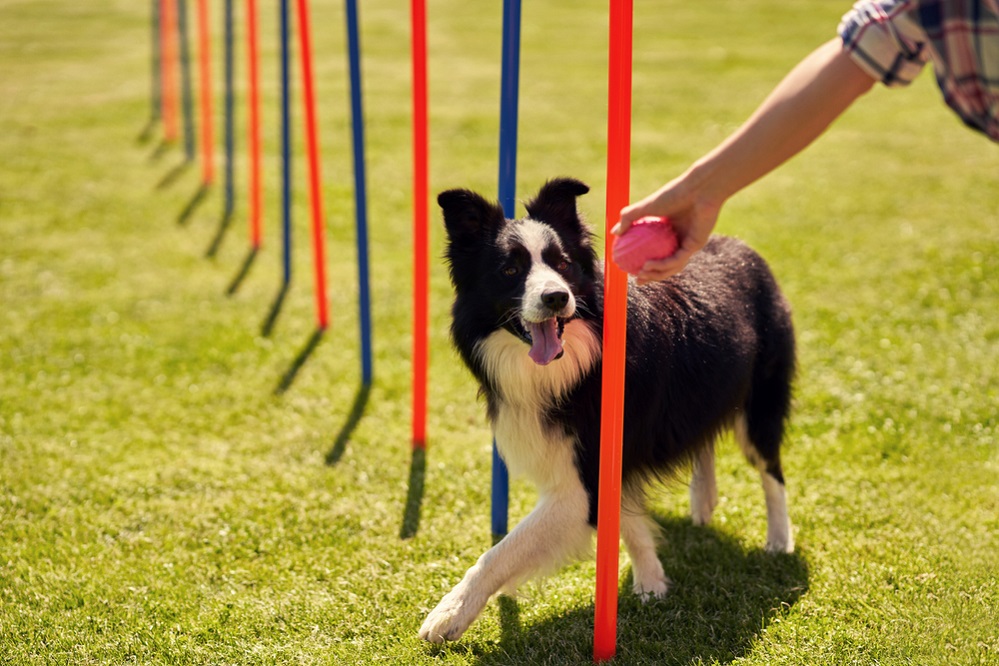Utilize our Dog Harness Size Calculator to find the perfect harness size for your furry companion. It considers various factors such as the dog’s weight, chest girth, and neck measurements to suggest the most appropriate harness size.
This tool simplifies the process of choosing the right harness, ensuring a comfortable fit and optimal comfort for the dog.
Discover Your Dog's Harness Size
The Significance of Proper Harness Sizing
As responsible pet owners, ensuring the comfort, safety, and well-being of our canine friends is a priority. Here are some key benefits of using a proper harness size:
Comfort
A properly sized harness ensures comfort for the dog during walks, runs, or any outdoor activities. A too-tight harness may cause chafing or discomfort, while one that is too loose can lead to rubbing and injuries.
Safety
Poorly fitting harnesses pose safety risks. A loose harness may allow dogs to slip out, causing accidents or loss. On the other hand, a harness that is too tight can restrict movement and breathing, causing distress and discomfort for the dog.
Control
A well-fitted harness helps dog owners have better control over their dogs, especially during walks or training sessions. Enabling gentle guidance without causing harm to the dog’s neck or throat.
How To Utilize Our Dog Harness Size Calculator
The process is streamlined and user-friendly, allowing pet owners to make informed decisions effortlessly.
Users are typically required to input specific measurements such as the dog’s weight, chest girth, and neck circumference. These measurements help generate the appropriate harness size for the dog.
Once the user provides the necessary measurements, the calculator generates size recommendations, suggesting the most ideal harness size for the dog. It may offer options such as small, medium, and large.
This not only saves time but also enhances the likelihood of obtaining a harness that fits comfortably and securely.
Benefits of Using Our Dog Harness Size Calculator
- Accurate sizing recommendation compared to manual estimation.
- Saves time and effort of dog owners
- User-friendly interface
- Promoting overall health
Dog Harness vs Dog Collar
Dog harnesses distribute pressure evenly across the chest and shoulders, but collars put pressure on a dog’s neck.
Harnesses are generally more comfortable for dogs than collars. They minimize the risk of choking or tracheal damage.
Harnesses offer better control over dogs than collars, particularly for owners with large or strong breeds.
Harnesses are more secure and less likely to slip off compared to collars.
Harnesses offer attachment points for training aids such as front-clip harnesses or no-pull harnesses, facilitating positive reinforcement techniques while dog collars lack all these features.
Steps To Measure a Dog for Harness
Here are the simple steps to measure a dog for a harness:
Weight
For an accurate measurement of your dog’s weight, use a suitable scale on a level surface. Encourage your dog onto the scale with positive reinforcement. Once your dog is settled, record the weight displayed on the scale.
Neck Girth
When measuring the neck, wrap measuring tape or string around the base of your dog’s neck where the collar usually sits. Ensure the tape is snug but not too tight. Record the measurement in inches.
Chest Girth
Wrap the measuring tape or string around the widest part of your dog’s chest, typically just behind the front legs. Keep the tape parallel to the ground and snug against the fur. Record this measurement accurately in inches.
Types of Dog Harnesses
Here are some of the various styles available in the market:
- Step-in harness
- Overhead harness
- Front-clip harness
- Back-clip harness
- Vest-style harness
- No-Pull Harness
- Car Safety Harness
- Service Dog Harness
- Adjustable Harness
General Harness Size Recommendations Based on Breeds
Here are the general harness size recommendations based on the average weight and girth measurements for each breed:

X-Small or Small Harness Size
- Yorkshire Terrier
- Dachshund Miniature
- Maltese
- Chihuahua
- Pomeranian
Small or Medium Harness Size
- Scottish Terrier
- French Bulldog
- Cavalier King Charles
- Miniature Schnauzer
- Beagle
- Boston Terrier
Medium or Large Harness Size
- Border Collie
- Boxer
- Siberian Husky
- Doberman Pinscher
- American Staffordshire
- Terrier
Large or X-Large Harness Size
- Golden Retriever
- German Shepherd
- Bernese Mountain Dog
- Labrador Retriever
- English Bulldog
- Rottweiler
- Dalmatian
X-Large or XX-Large Harness Size
- Great Dane
- Mastiff
- Saint Bernard
- Newfoundland
- Irish Wolfhound
FAQs
What Are the Benefits of Using a Dog Harness Over a Collar?
A harness distributes pressure more evenly across the dog’s body compared to a collar, minimizing the risk of choking or injury.
How Tight Should a Dog Harness Be?
A dog harness should be snug but not too tight. You should be able to comfortably fit two fingers between the harness and your dog’s skin.
What Is the Method of Cleaning a Dog Harness?
To clean a dog harness, hand-wash it using mild detergent and air-dry it. Check the manufacturer’s instructions for specific cleaning recommendations.
Is a Harness Suitable for Leash Training?
Yes, harnesses can be effective for leash training, especially for dogs prone to pulling.
Final Words
Harnesses offer better control during walks or training sessions and accommodate dogs of all sizes and breeds. Recognizing the significance of proper sizing and harness selection enhances dogs’ walking experience while prioritizing their comfort and safety.
Our dog harness size calculator simplifies the process of determining the ideal fit for your dogs and puppies, initiating your search for the perfect harness.














